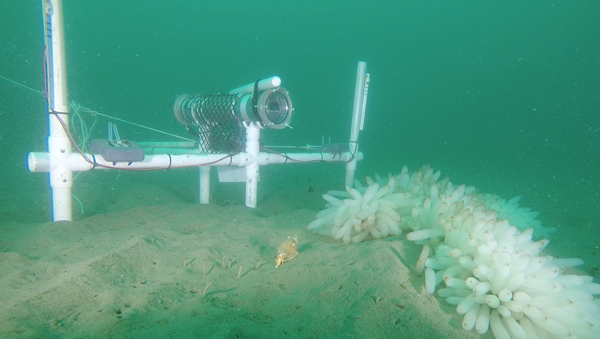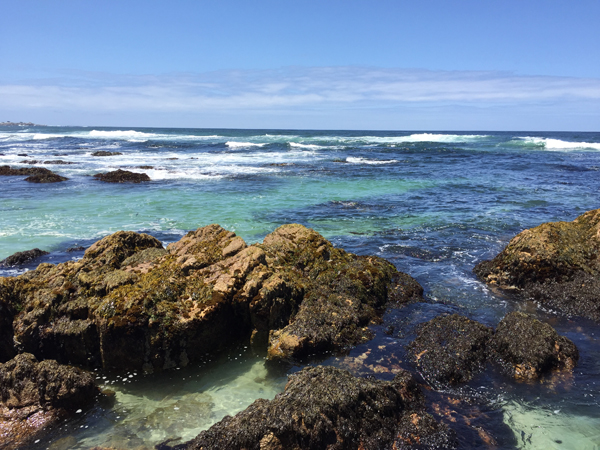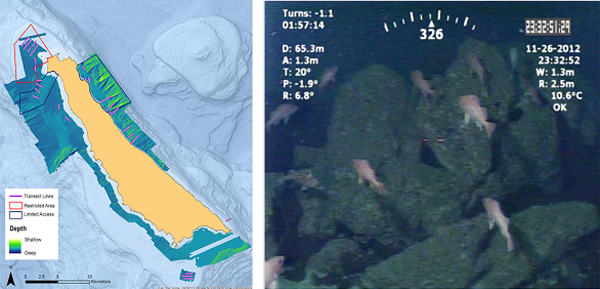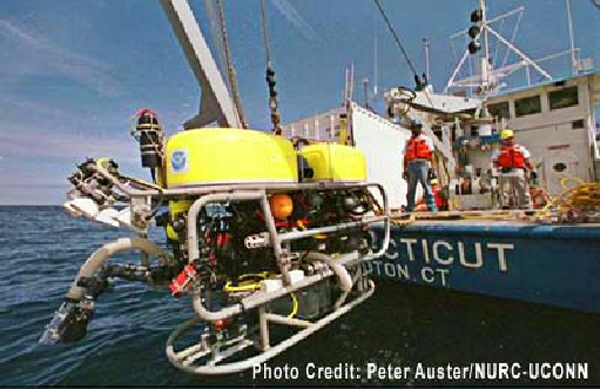Projects
-
Physical Habitat Requirements for Market Squid Embryo Survival
Market Squid (Doryteuthis opalescens) are ecologically important as both predators and prey, and they support one of the largest fisheries in California. This project uses towed cameras, time-lapse cameras installed on the sea floor, and repeat visits to specific egg clusters by ROV to evaluate how physical processes such as egg capsule dislodgement by strong surge, burial by shifting sand, or naturally-occurring periods of inundation by hypoxic (low oxygen) water, influence the growth and survival of squid embryos in the field.
-
Roles of Acclimatization & Adaptation in Responding to Climate Change
This proposal tested the strength and limits of acclimatization and adaptation in response to temperature variation across small and large spatial scales in an ecologically important, rocky intertidal species, the California sea mussel. We characterized the capacity for physiological acclimatization and genetic adaptation of a key species in an important U.S. coastal ecosystem. Results from our research can be integrated into mechanistic predictive models to better understand how this species’ distribution is likely to shift with climate change.
-
San Clemente Island Baseline Characterization and Monitoring Project
The primary goal of this project is to characterize the distribution, abundance, and community composition of fishes, invertebrates, and seafloor microhabitats using an approach that is comparable to the South Coast MPA Baseline project described below. Imagery is collected using an ROV. Post-processing of project data is on-going in the IfAME Image Analysis Lab. Additional high-resolution topographic mapping of the seafloor was conducted by the Seafloor Mapping Lab.
-
Seafloor Habitat Recovery Monitoring Program
The primary goal of this project, which entering in its 18th year, is the quantification of recovery rates for fish, invertebrates and seafloor habitats in the western Gulf of Maine. Data on the distribution of fishes, invertebrates, and seafloor microhabitats were extracted from still photographic and videographic imagery collected using an ROV and a camera sled. Sediment samples and infaunal invertebrates were collected using a benthic grab sampler.




